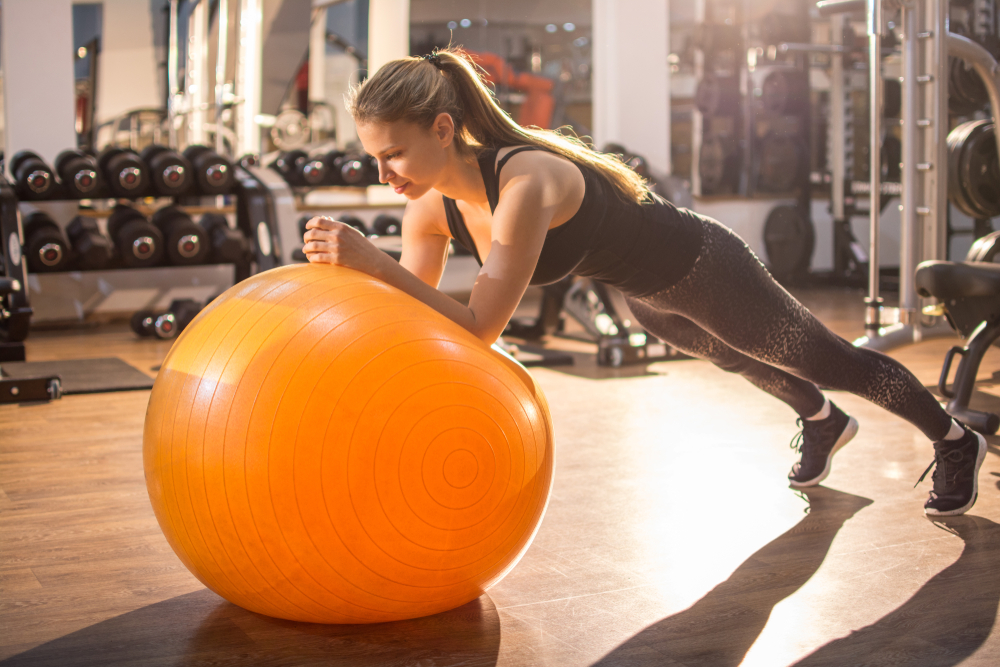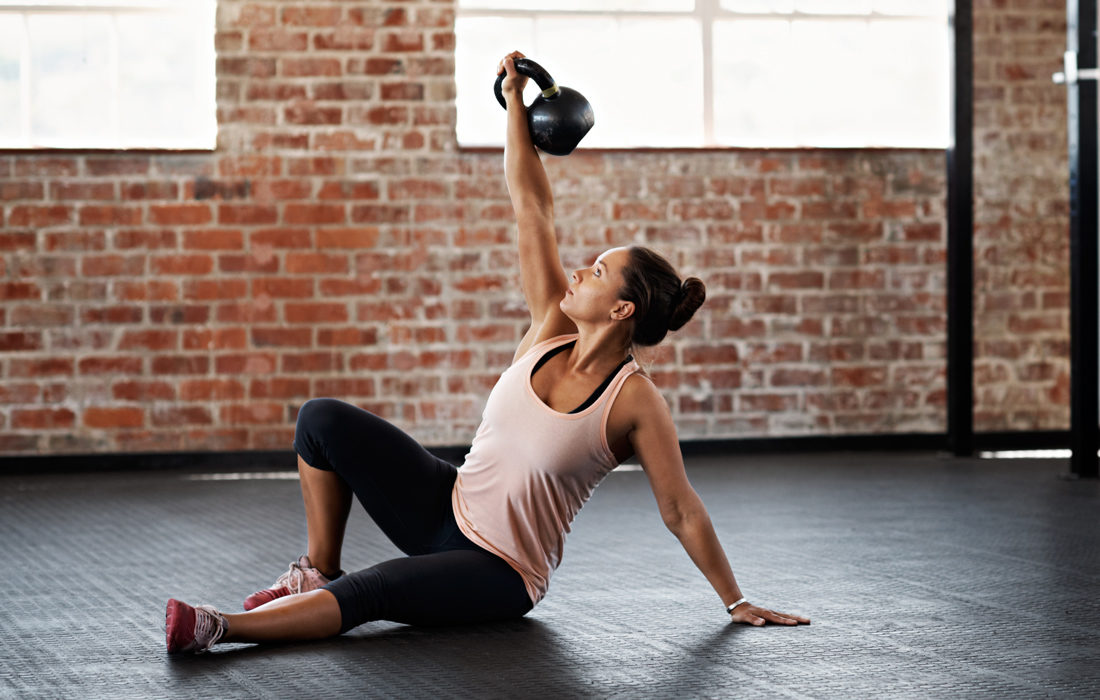Why You Should Be Doing More Core Stability Exercises
Stabilization exercises were formerly the realm of the physical therapist. Strength and conditioning coaches and fitness professionals are now starting to value the importance of the torso muscles as stabilizers. Lumbar stabilization has been utilized in the physical therapy community for years to treat low back dysfunction but recently fitness professionals view stabilization as a preventative measure for any athlete and a way to enhance all areas of fitness.
What is The Primary Function of The Torso?
Our torso is made up of a group of muscles that primarily function to prevent unwanted movement during day-to-day activities, working out, or sport participation. To prevent unwanted movement, our torso has to stabilize joints. The lumbar spine and pelvis in particular, are the most important. Functional training is the most effective way to call on your torso to enhance core stability.
Benefits of Core Stability Exercises?
A strong core enhances balance, stability, and energy transfer. Thus, it can help prevent injuries during day-to-day activities and sports injuries. Core strength directly correlates to exercise and sport activities like walking, jogging, sprinting, throwing, squatting, jumping, and swinging motions. The stronger your core is, the more efficient you will be at these activities. Through strengthening your core, you will see an increase in your performance as well as minimize your risk for injuries.
Implementation
In any sound program their should be at least one core stability exercise in each workout. There are thousands of effective core stability exercise, some are more effective than others. The primary thing that you want to consider is your pelvic positioning. This is crucial for proper alignment to maximize muscle recruitment and activation. Your pelvis has the capacity to tip forward or back, depending both on your inherent structure and day-to-day activities. Extreme tipping one way or the other can create problems over time, so can lack of mobility of the pelvis. Your core muscles are the ones that regulate both how much movement is possible between the pelvis and the lumbar spine and where the position of your pelvis will end up on that spectrum. So we use our core musculature to consciously control the position of the pelvis during movement to train the body not to go into extremes.


